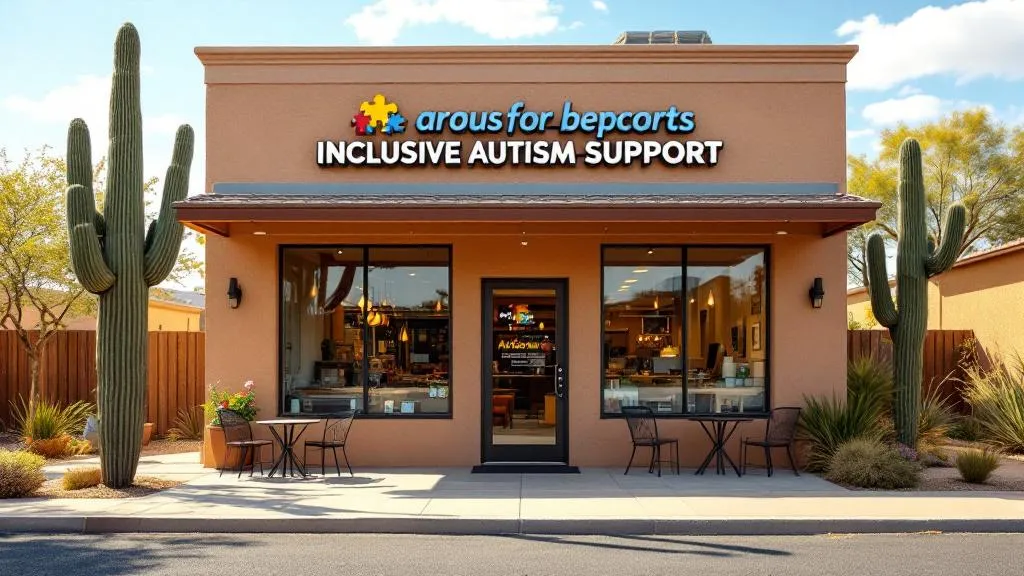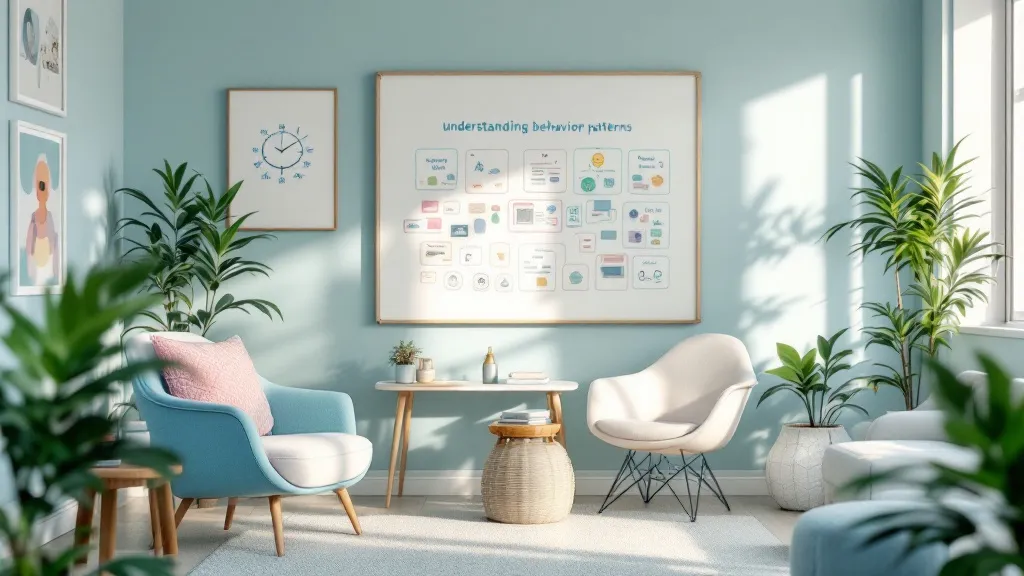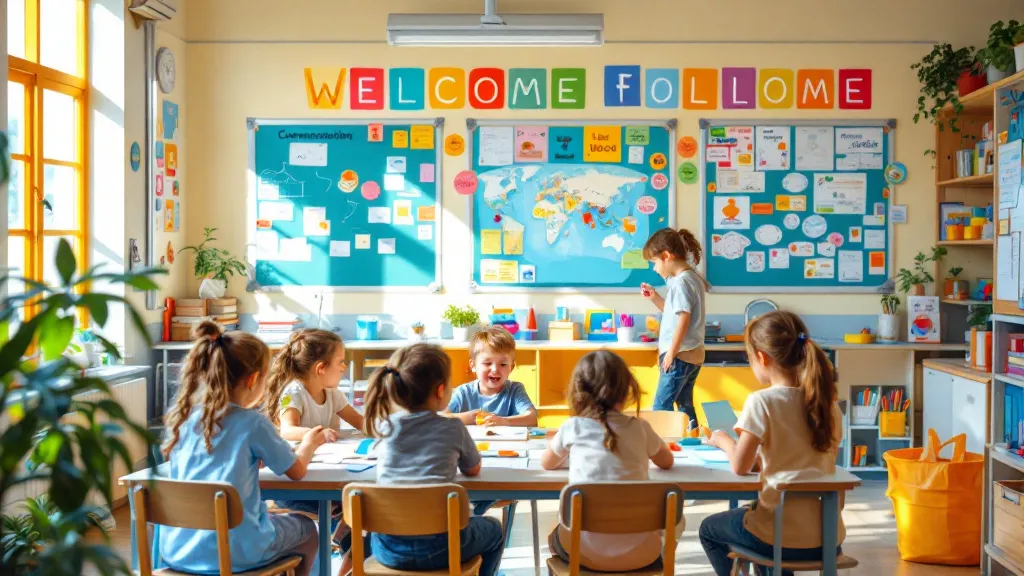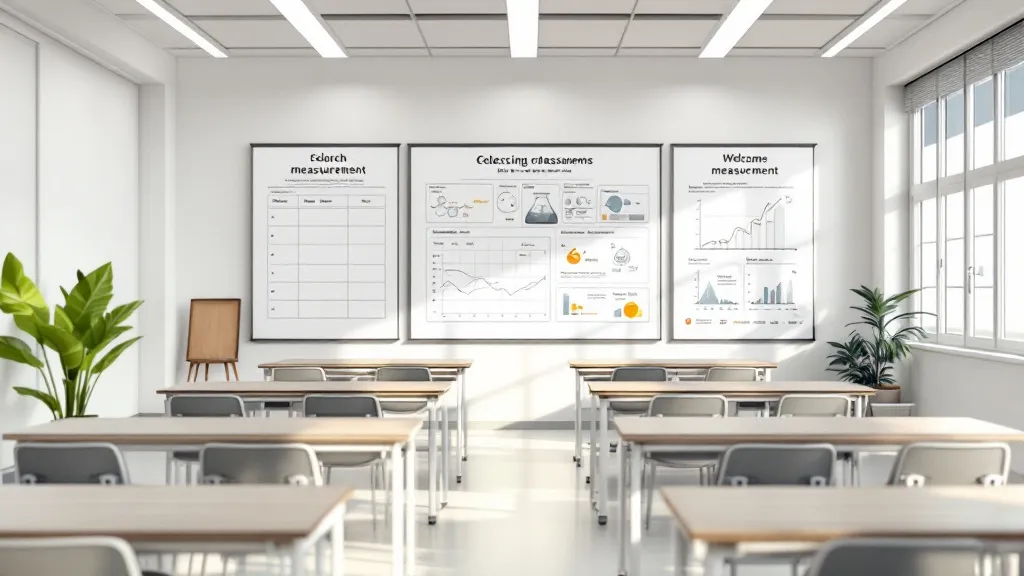How to assess for progress beyond behavior
Expanding Horizons in Developmental Progress Evaluation

Understanding Holistic and Internal Metrics of Growth
Assessing progress in therapy extends beyond observable behaviors to include internal states, physiological regulation, and emotional well-being. This comprehensive view involves integrating multiple frameworks and tools that capture underlying needs, motivation, and neurodivergence, providing a richer picture of individual development.
Frameworks and Methods for Holistic Progress Assessment
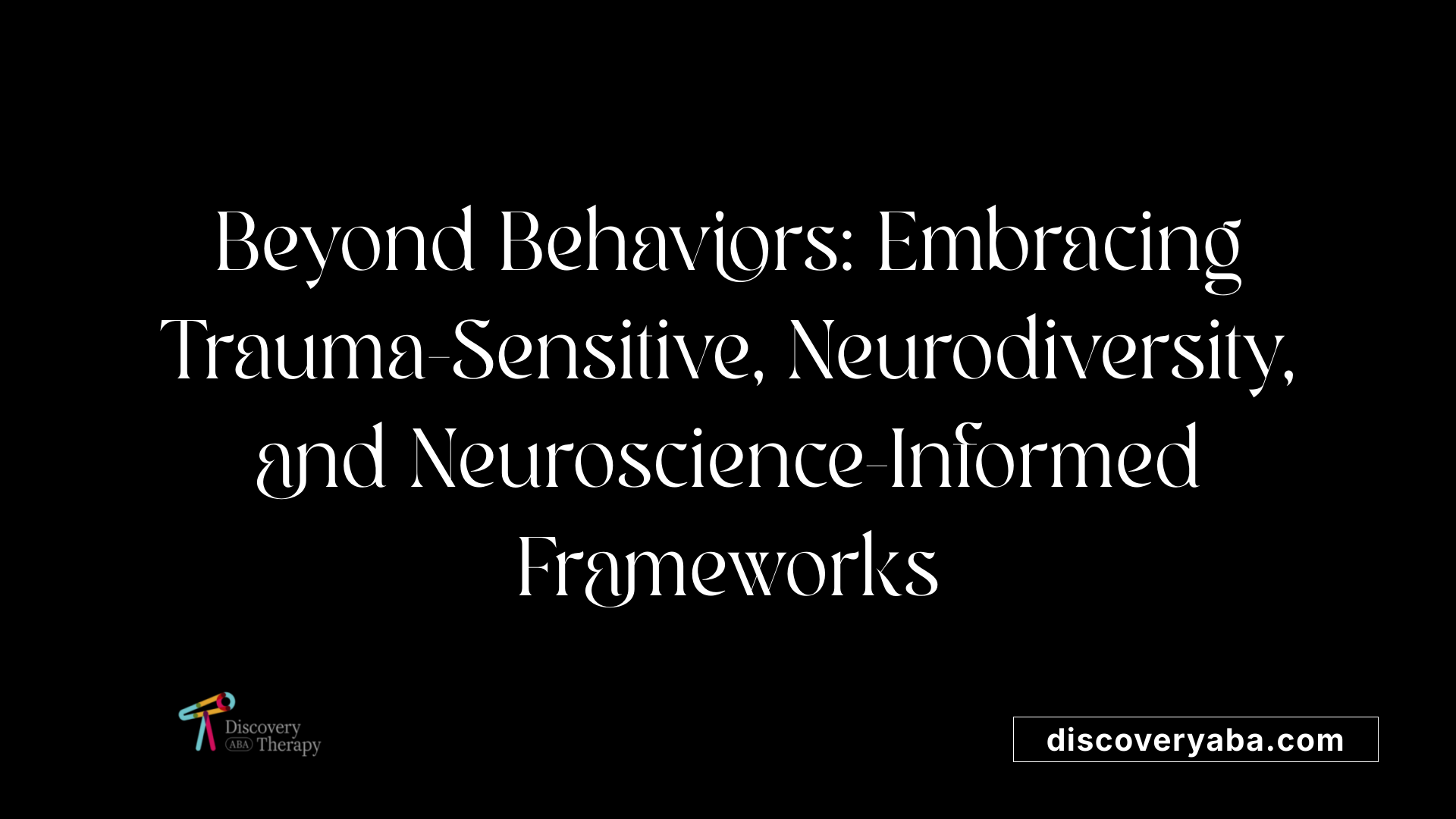
What methods and frameworks can be used to assess progress beyond observable behaviors in therapy?
When evaluating a child's development and responsiveness in behavioral therapy, it is essential to look beyond just observable actions like frequency or duration of specific behaviors. A more comprehensive approach involves incorporating trauma-sensitive, neurodiversity-affirming, and neuroscience-informed frameworks.
Trauma-sensitive approaches prioritize understanding how past trauma impacts behavior and self-regulation. These methods encourage creating safe, supportive environments that recognize physiological stress responses and their influence on behavior. Neurodiversity-affirming practices respect the child's unique neurological makeup, emphasizing their strengths and supporting individual differences without pathologizing natural variations.
Neuroscience-informed frameworks such as polyvagal theory and the ACT Holistic Framework aim to explore and support underlying emotional and physiological regulation.
Polyvagal theory helps practitioners understand how states of nervous system arousal—such as safety, mobilization, or shutdown—affect behavior and social engagement. Monitoring signs of autonomic regulation can provide insight into a child's internal state, informing interventions that promote safety and connection.
The ACT Holistic Framework emphasizes the importance of psychological flexibility, mindfulness, and acceptance strategies to foster emotional resilience and motivation.
To capture a complete picture of progress, clinicians also utilize development assessments like the Vineland Adaptive Behavior Scales. These evaluations measure a child's adaptive skills across communication, socialization, daily living, and motor skills, providing a broad perspective on growth.
Additionally, social-emotional screening instruments, such as the Social Responsiveness Scale (SRS), assess social motivation, awareness, and communication skills. These tools help identify strengths and challenges that may not be evident through behavior observation alone.
In practice, combining data from physiological measures—like stress response patterns—and self-report tools, along with caregiver and educator observations, offers a layered understanding of progress. Regular assessments using these measures facilitate tailored interventions that address emotional regulation, motivation, and social-emotional well-being.
Moreover, engaging students and families in collaborative assessment ensures relevance and respect for cultural backgrounds, trauma histories, and neurodivergent identities. This comprehensive, multi-method approach supports a nuanced understanding of development that extends well beyond surface-level behaviors, fostering more effective, empathetic, and individualized support for each child's growth.
Tools and Strategies for Measuring and Monitoring Progress
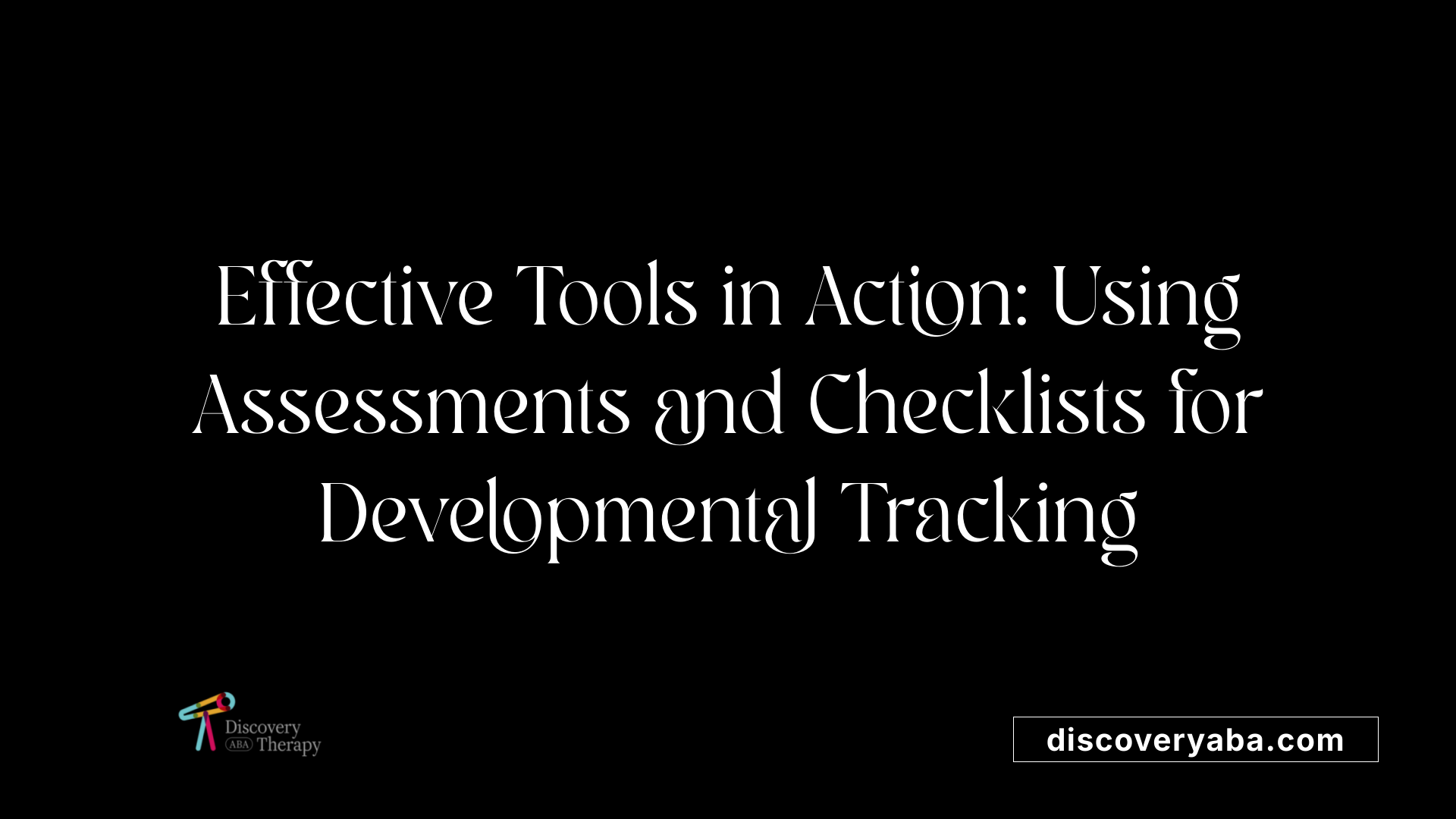
What tools and strategies are effective for monitoring growth and overall development in therapeutic contexts?
Monitoring progress in ABA therapy and behavioral interventions relies on several effective tools and approaches. Standardized assessment instruments like the Vineland Adaptive Behavior Scales are widely used to evaluate adaptive functioning across communication, daily living skills, and socialization. Similarly, the Social Responsiveness Scale helps measure social communication skills and peer interactions, providing insights into developmental progress.
In addition to formal assessments, ongoing reports from parents and caregivers offer real-world perspectives and observations that complement session data. Developmental screening tools, such as questionnaires and checklists provided by the CDC's Learn the Signs. Act Early. program and guidelines from the American Academy of Pediatrics (AAP), help identify children at risk for developmental delays or behavioral concerns at regular check-up intervals.
Developmental surveillance during health visits is another critical strategy. This involves continuous monitoring of milestones and early detection of potential issues through developmental checklists and informal observations. Surveillance ensures concerns are flagged early, facilitating timely interventions.
Tools like the M-GAD (Modified Growth and Development Assessment) support a comprehensive view of a child's growth, integrating physical, behavioral, and social development data.
Resources and guidelines from the AAP provide healthcare professionals and families with protocols for early referral and intervention planning. Collectively, these tools and strategies create a robust framework for tracking development, enabling tailored interventions that promote long-term success.
Progress Monitoring Methods in ABA and Behavioral Therapy
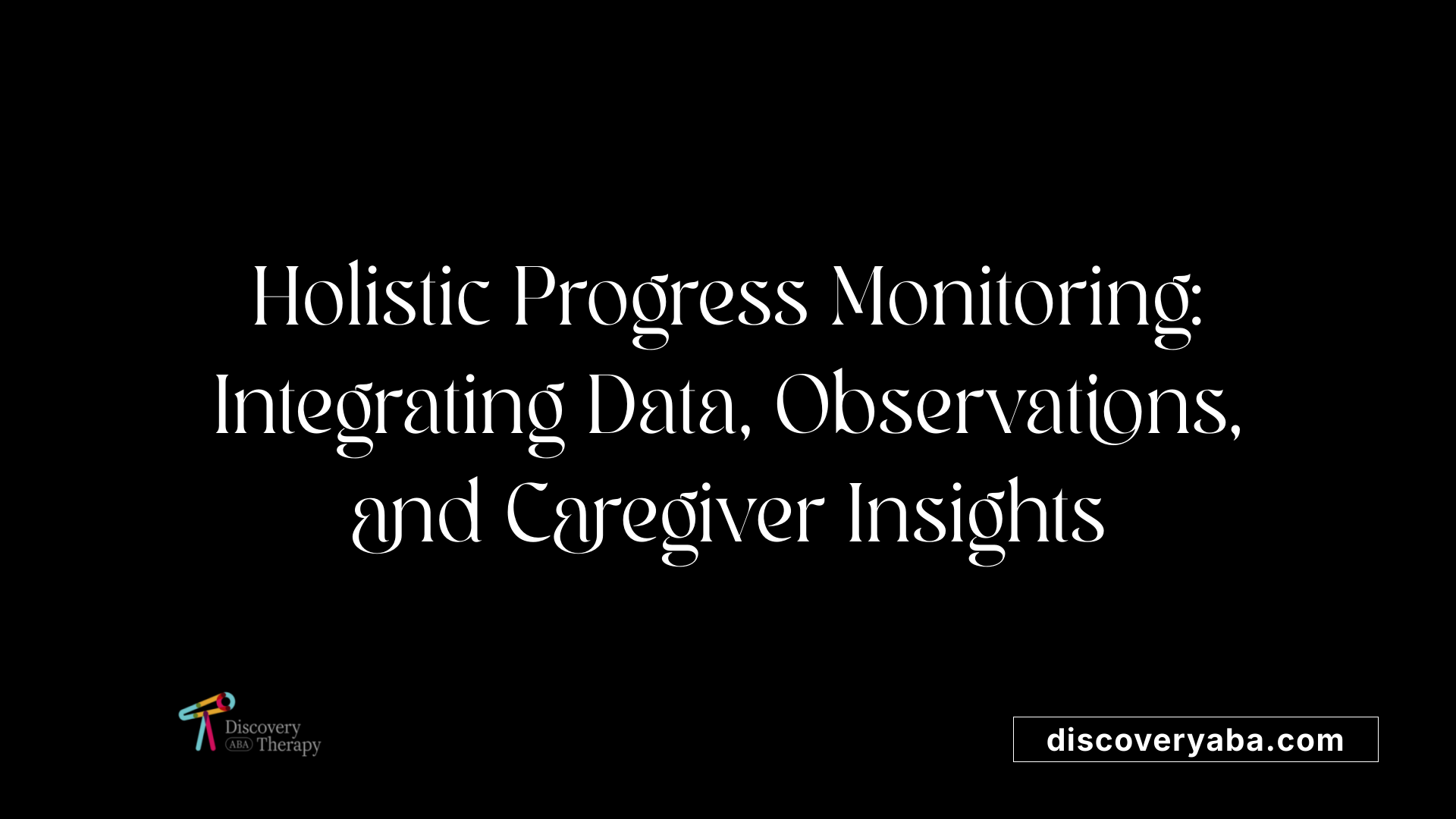
How do practitioners assess progress beyond surface behaviors in behavior analytic contexts?
Assessing progress in behavioral therapy requires a comprehensive approach that looks beyond just immediate or observable actions. Practitioners utilize systematic data collection methods such as tracking the frequency, duration, and latency of behaviors. For example, recording how often a child initiates social interactions or how long they can stay focused on a task provides detailed insight into their progress.
In addition to numerical data, anecdotal records or qualitative notes are gathered to contextualize these behaviors—such as environmental triggers or emotional states—that might influence performance. Progress reports often include visual tools like graphs and charts to clearly show trends over days, weeks, and months. These visual aids help therapists and families see tangible improvements or identify plateaus requiring intervention adjustments.
Fidelity checks are instrumental to ensure therapies are implemented as planned. Regularly reviewing whether intervention strategies are delivered consistently maintains the integrity of treatment and produces reliable data.
Furthermore, functional behavior assessments (FBAs) delve into the 'why' behind challenging behaviors, analyzing the antecedents, behaviors, and consequences (ABC analysis). This process uncovers the underlying functions of behaviors—be it seeking attention, escaping demands, or sensory needs—and informs tailored interventions.
Parent and caregiver feedback completes the picture by providing observations from natural settings. This ecological validity ensures that progress reflects meaningful change in a child's everyday life, including social-emotional and adaptive growth.
By combining data collection, visual analysis, fidelity reviews, functional assessments, and caregiver insights, practitioners form a nuanced understanding of a child's overall development. This holistic evaluation captures improvements not only in observable behaviors but also in social skills, independence, and emotional well-being, essential for long-term success.
The Role of Functional Behavior Assessment (FBA) and Differentiated Evaluation Approaches
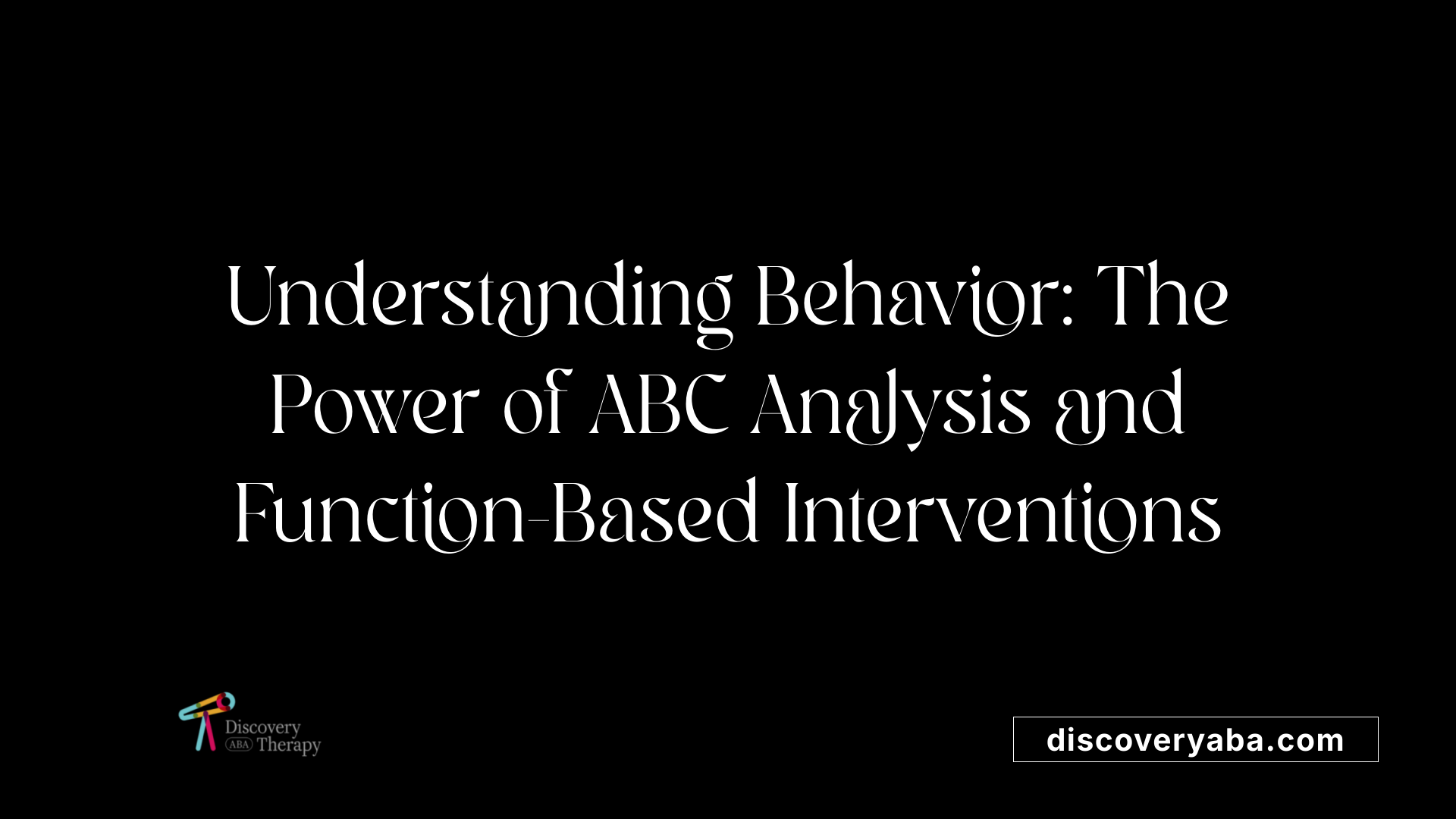
How do analysis of ABCs and identifying triggers improve understanding of student behaviors?
Understanding student behaviors begins with analyzing the ABCs—antecedents, behaviors, and consequences. This process involves noting what happens right before a behavior occurs (antecedent), the behavior itself, and what follows (consequence). By examining these patterns, practitioners can identify specific triggers that provoke certain behaviors. For example, a child might act out when asked to switch tasks or in noisy environments. Recognizing these triggers helps tailor responses and interventions.
How can understanding individual behavior functions—such as seeking attention, sensory input, or escape—guide intervention planning?
Each child's behavior serves a purpose or function, like gaining attention, satisfying sensory needs, or avoiding an unpleasant task. Identifying these functions through assessments enables therapists to develop targeted strategies.
- Attention-seeking behaviors can be addressed by teaching alternative ways to ask for attention.
- Sensory-driven behaviors may require modifications to the environment or sensory activities.
- Escape behaviors can be managed by adjusting task difficulty or providing breaks. This nuanced understanding ensures interventions are not just about reducing behaviors but about fulfilling underlying needs positively.
How are FBA results used to create personalized and effective interventions?
Functional Behavior Assessment results serve as a foundation for designing customized interventions. Once the triggers and functions are understood, a treatment plan can focus on teaching alternative, appropriate skills that meet the child's needs. For example, if a child escapes from tasks to avoid frustration, teaching them coping skills or providing visual supports can be effective.
Creating a consistent plan across settings — home, school, and therapy — ensures the child receives uniform support, increasing the chances of success. Continuous monitoring and adjusting interventions based on ongoing data collection further optimize intervention effectiveness.
How do assessments of underlying needs, like communication deficits or sensory sensitivities, influence treatment?
Many behaviors stem from unmet needs such as communication difficulties or sensory processing issues. Evaluating these underlying factors through skill and preference assessments helps in designing comprehensive interventions.
For example, if a child struggles with expressive language, augmentative communication methods like picture exchange systems or speech therapy can address the root cause of frustration and reduce problematic behaviors.
How is the integration of skills assessments and preference evaluations beneficial?
Skills assessments determine what a child can do and where they need support, while preference evaluations identify motivating activities and reinforcers. Merging these insights creates a well-rounded profile of strengths and interests, guiding the development of engaging, effective therapy plans.
When interventions include preferred activities and skills-building, children are more motivated to participate, learn, and generalize skills across settings. Overall, combining these evaluation tools leads to holistic, individualized strategies that promote positive development and adaptive behavior.
Integrating Family and Caregiver Feedback in Progress Monitoring
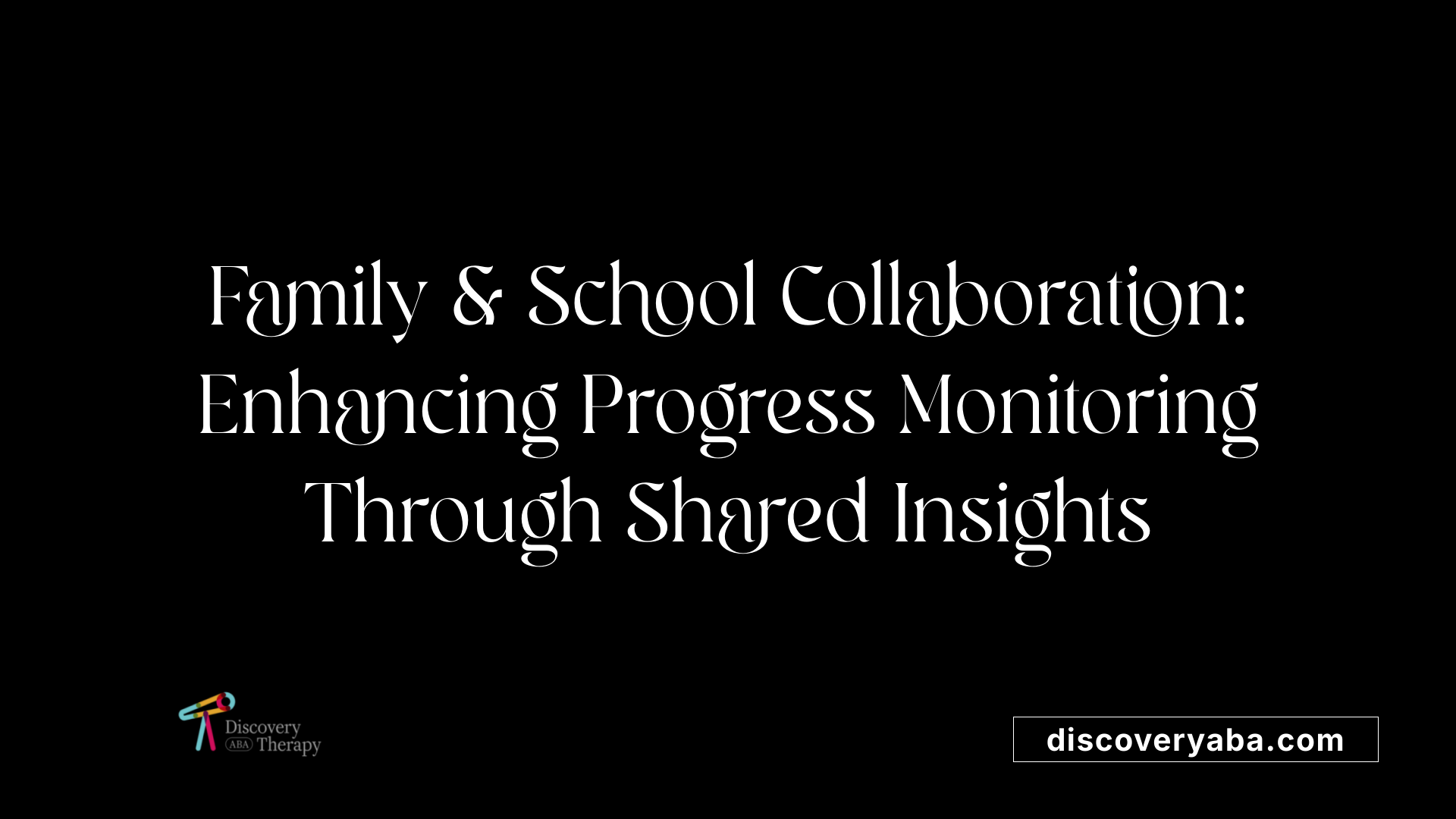 Collaboration with families and schools plays a vital role in accurately tracking a child's behavioral progress. Regular communication ensures that progress assessment extends beyond what can be observed during therapy sessions.
Collaboration with families and schools plays a vital role in accurately tracking a child's behavioral progress. Regular communication ensures that progress assessment extends beyond what can be observed during therapy sessions.
One effective strategy is the use of progress tracking sheets that include SMART (Specific, Measurable, Attainable, Relevant, Time-bound) objectives. These sheets help families and teachers monitor targeted behaviors consistently and objectively.
Parents are encouraged to provide detailed reports and observations from everyday settings, which offer ecological validity to the data collected. These reports, combined with school-based feedback, create a comprehensive picture of the child's development.
Maintaining open communication channels through scheduled meetings, emails, or digital platforms allows for timely updates and collaborative problem-solving. This transparency fosters trust and keeps all stakeholders engaged.
Tools like reflection forms and goal sheets are designed to involve families actively in the process, making progress assessment a shared responsibility. Such involvement helps address cultural and individual differences, ensuring that the progress measurement remains relevant and respectful of each child's background.
By integrating parent and school feedback, practitioners can better tailor interventions to support social-emotional well-being, skill generalization, and long-term growth. This holistic approach emphasizes a partnership model where families are seen as essential collaborators in fostering a child's success and independence.
Building a Holistic and Responsive Assessment Culture
To truly evaluate ongoing development and treatment effectiveness, practitioners must adopt a multifaceted and collaborative approach that integrates behavioral data with internal and emotional measures. This involves leveraging diverse frameworks, assessment tools, and stakeholder input to create a comprehensive understanding of progress, fostering strategies that honor individual differences, cultural contexts, and neurodivergence. Developing such an integrated assessment culture not only enhances the accuracy of progress tracking but also supports more personalized and meaningful therapeutic outcomes, ultimately empowering individuals to thrive.
References
- A Step-by-Step Guide to Tier 2 Behavioral Progress Monitoring - ERIC
- Measuring Progress in ABA Therapy - MBC Behavior Analysis
- A Step-By-Step Guide to Tier 2 Behavioral Progress Monitoring
- How to Track Progress in ABA Therapy Through Reports and Parent ...
- Understanding Functional Behavior Assessments in ABA
- ABA therapy progress and timelines
- EJ1232573 - Strengthening Progress Monitoring Procedures ... - ERIC
- What Happens in an ABA Assessment? A Parent's Complete Guide
- Beyond Behavior | ABA agency in Iowa going above and beyond ...
Does Your Child Have An Autism Diagnosis?
Learn More About How ABA Therapy Can Help
Find More Articles
Contact us
North Carolina, Nevada, Utah, Virginia
New Hampshire, Maine
Arizona, Colorado, Georgia, New Mexico, Oklahoma, Texas
.avif)




